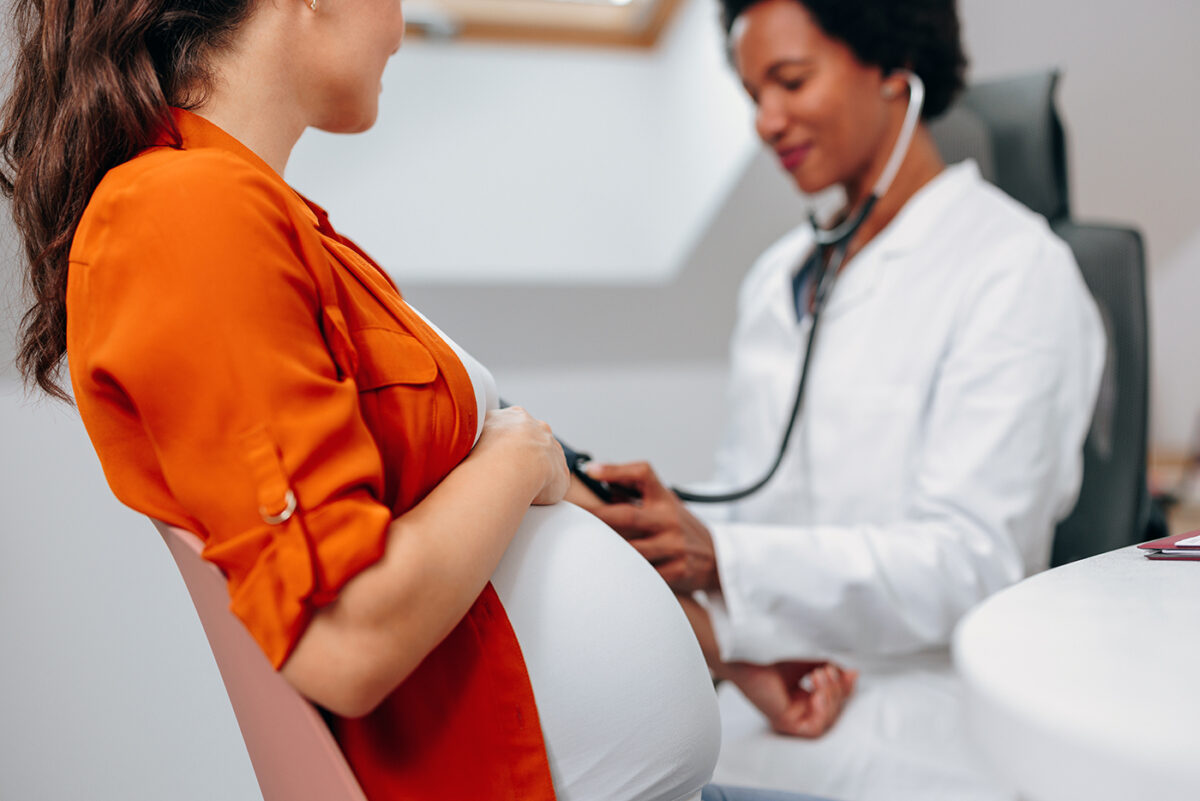Contact
Anthony (Tony) Goudie, PhD
Director, Research and Evaluation
501-526-2244
agoudie@achi.net
Partners
Arkansas Department of Human Services
In 2014, Arkansas successfully established the Health Care Independence Program (HCIP), commonly referred to as the “Private Option,” as designed under the terms and conditions of the Section 1115 demonstration waiver. Through 2015, the estimated target-enrollment population of approximately 250,000 was met. Approximately 25,000 additional individuals eligible under the PPACA – and deemed to have exceptional healthcare needs – were enrolled in the traditional Medicaid program. Finally, approximately 20,000 previously eligible but newly enrolled individuals also obtained Medicaid coverage. By the end of 2016, the Private Option population totaled approximately 280,000.
The state’s required evaluation design under the terms and conditions of the Private Option waiver was negotiated within 135 days of approval of the waiver on Sept. 27, 2013. The terms and conditions required the evaluation to meet prevailing standards of scientific rigor, use the best available data, use controls and adjustments for reporting limitations of the data, and discuss generalizability of results. Additional requirements included a robust discussion of cost effectiveness. The state was required to submit a final Interim Evaluation Report within 180 days of the end of the second year of the demonstration.
The evaluation was conducted independently and with oversight of a National Advisory Committee consisting of established leaders in major academic and medical centers around the country. The evaluation employed the most current and well-established research design techniques to optimize confidence in observed findings. There were two principle comparisons – the experiences of those with “Higher Needs” and that of the “General Population.”
Environmental benefits accruing from the Provide Option include Arkansas’s healthcare providers reporting significant clinical and financial effects under the HCIP. In 2014, federally qualified community health centers (FQHCs) reported increased success in attaining needed specialty referrals for their clients. In addition, the Arkansas Hospital Association (AHA) reported significant annualized reductions in uninsured outpatient visits (45.7 percent reduction), emergency room (ER) visits (38.8 percent reduction), and hospital admissions (48.7 percent reduction).The state’s public teaching hospital reported a reduction in uninsured admissions, from 16 percent to 3 percent, during the same time period. These reductions persisted through 2016.
Key takeaways
This report reflects the experience and findings from the three-year waiver for the Private Option, and major findings are summarized below, grouped by questions of interest.
1. What were differences across access, quality, and outcomes between those enrolled in Medicaid and those enrolled in commercial Qualified Health Plans (QHPs)?
- The geographic proximity of available primary and specialty providers were similar for those served by Medicaid and the QHP networks, and both met network adequacy requirements of the Arkansas Insurance Department.
- Initiation of care occurred more rapidly for enrollees in QHPs than for those in the Medicaid program following enrollment.
- In 2014, differences in the accessibility of both primary care and specialty providers were reported, with QHP enrollees experiencing increased ability to get needed “care, tests, and treatment” and receiving “an appointment for a check-up or routine care as soon as needed,” compared to their Medicaid counterparts.
- Perceived access differences improved after 18 months in the program for the General Population. However, for individuals in the Higher Needs Population, Medicaid enrollees continued to report more difficulty “receiving care when they needed it right away” and did not always “find it easy to get the care, tests, and treatments they need,” compared to QHP enrollees (range of differences 31-36 percent).
- For Emergency Room (ER) use, differences were only observed within the General Population, in which Medicaid enrollees experienced more ER visits in total, for both emergent and non-emergent reasons, compared to QHP enrollees over the three years enrolled.
- With the exception of QHP enrollees experiencing longer hospital stays compared to Medicaid enrollees, there are no consistent differences across hospitalization measures.
- For clinical services assessed for both populations – and for most measures studied – differences in care and clinical service delivery were observed.
- QHP enrollees were significantly more likely to receive individual clinical preventive services and were more likely to receive all recommended screenings (a range of 24-94 percent relative differences for the General Population).
- QHP enrollees were significantly more likely to receive appropriate disease management services and more likely to adhere to appropriate medication management than Medicaid enrollees (a range of 31-55 percent relative differences for the General Population).
- For pregnancy related care, no clinically significant differences were observed in the initiation of prenatal services, complications of maternity care, or birth outcomes between QHP and Medicaid enrollees.
- With respect to non-emergency medical transportation, no differences were observed for the General Population. However, for the Higher Needs Population, those in QHPs were 15 percent less likely to miss a visit due to transportation issues.
- Opioid use, while similar in the first year, diverged significantly in subsequent years, with increasing numbers of prescriptions, high dose utilization, and concomitant benzodiazepine use in the QHPs, compared to Medicaid enrollees.
- With respect to Early Periodic, Screening, Diagnosis, and Treatment (EPSDT) services, we found no indication that needed services were not available to individuals in premium assistance.
- With respect to continuity of enrollment, both Medicaid and QHP enrollees experienced few disruptions in coverage, with the exception being a mass eligibility redetermination undertaken in the summer of 2015.
- There were no statistically significant differences in mortality within the first three years of the program.
2. What were the differences in costs between Medicaid and premium assistance?
- Physician payment rates across outpatient services were approximately 95 percent higher in each of the three years under study for enrollees in a QHP compared to their Medicaid counterparts (e.g., In 2016, the weighted average per PCP visit was $94.03 for a QHP compared to $47.69 for Medicaid);
- For inpatient hospital stays, average QHP payments averaged $12,270 per discharge compared to Medicaid payments of $7,778 (a 53 percent difference); and
- In 2016, administrative costs were estimated to be $91.65 PMPM for QHPs and $64.33 PMPM for Medicaid (a 29.8 percent difference).
3. What were the cost-effective aspects of premium assistance?
- For colorectal cancer screening in the General Population, the QHP cohort had a 94 percent higher relative difference in screening rates. Thus, the marginal improvement is suggested to be an increase of 5.6 percent per observed 10 percent increase in program costs associated with use of premium assistance.
- For the proportion who received all indicated clinical preventive services in the General Population, the QHP relative difference of 25 percent greater than Medicaid suggests a 1.4 percent improvement in clinical performance per observed 10 percent increase in program costs.
- For individuals with Higher Needs, QHP enrollees were 26 percent more likely to self-report “always getting care when needed right away” and 18 percent more likely to find it “easy to get the care, tests, and treatment needed.” This suggests a 1.1 percent improvement in access, per observed 10 percent increase in program costs.
- For individuals with Higher Needs, Medicaid enrollees experienced fewer outpatient events and a concurrent higher rate of ER visits and hospitalizations. For each observed 10 percent increase in program costs, QHPs were projected to achieve seven more physician office visits and avoid 2.5 ER visits per 100 person years.
- There were no clinical indicators in which Medicaid was favored.
- Importantly, enrollees in QHPs received twice as many prescriptions than their Medicaid counterparts. For each 10 percent increase in program costs, QHPs were projected to cover 78 additional prescriptions per 100 person years.
4. What would the Medicaid program have experienced if a traditional Medicaid expansion had been adopted?
In 2014, following PPACA expansion, an additional 267,482 individuals were covered:
- approximately 17,300 (6.5 percent) previously eligible but newly enrolled;
- approximately 25,000 (9.3 percent) PPACA eligible but with exceptional healthcare needs;
- and 225,000 (84.2 percent) PPACA eligible with premiums purchased on the individual marketplace.
These 267,482 individuals represented 16.0 percent of the total 19- to 64-year-old population in the state.
In 2016, this number increased to 330,943 covered lives:
- approximately 22,375 (6.8 percent) PPACA eligible but with exceptional healthcare needs;
- 32,427 (9.8 percent) interim status before enrollment in a QHP;
- and 276,141 (83.4 percent) PPACA eligible with premiums purchased on the individual marketplace.
These 330,943 individuals represent 19.1 percent of the working-aged adults within the state.







